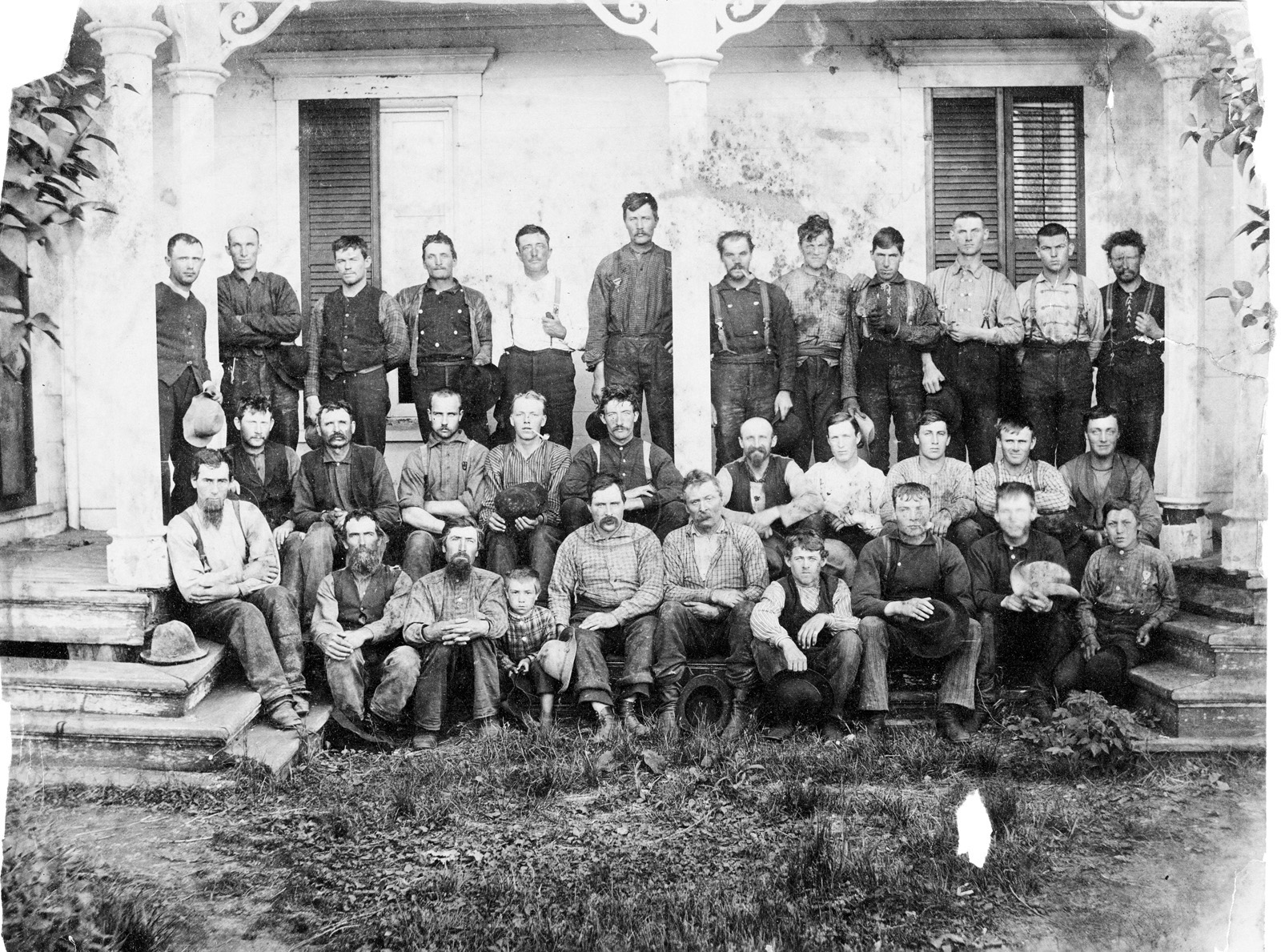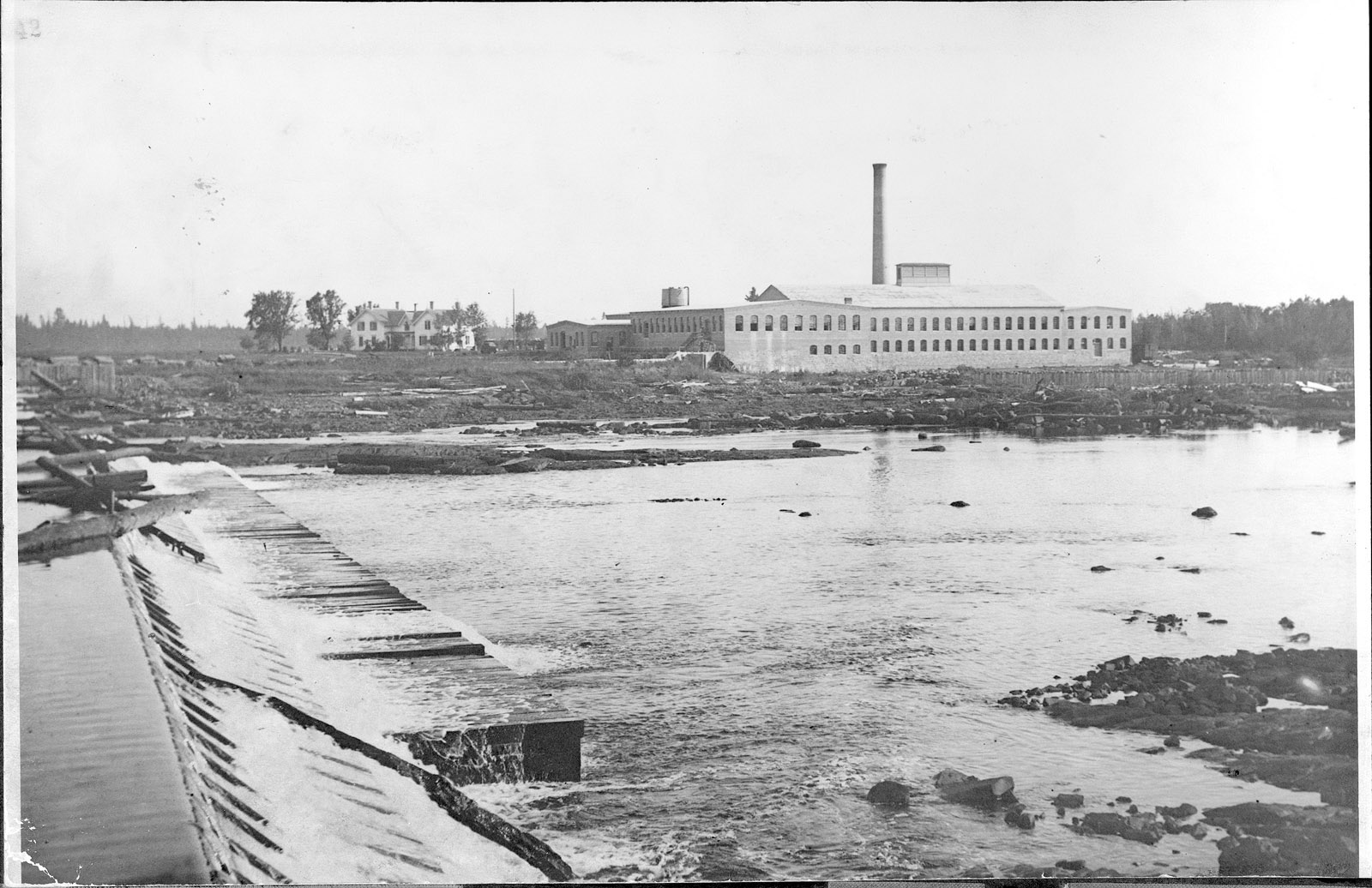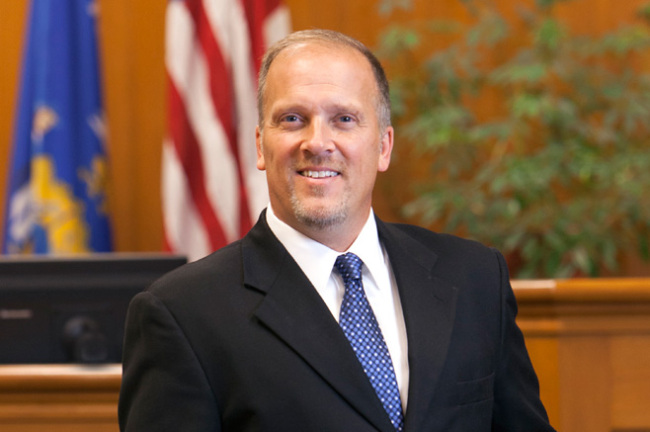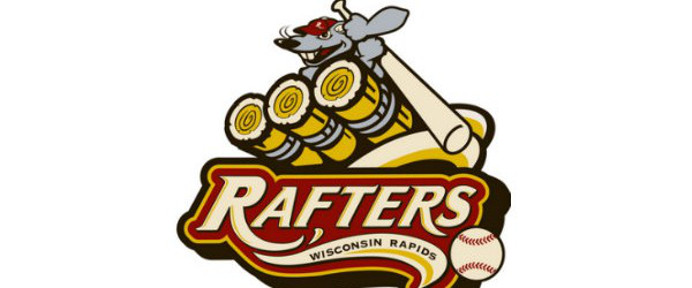The Biron Mill: Getting into print
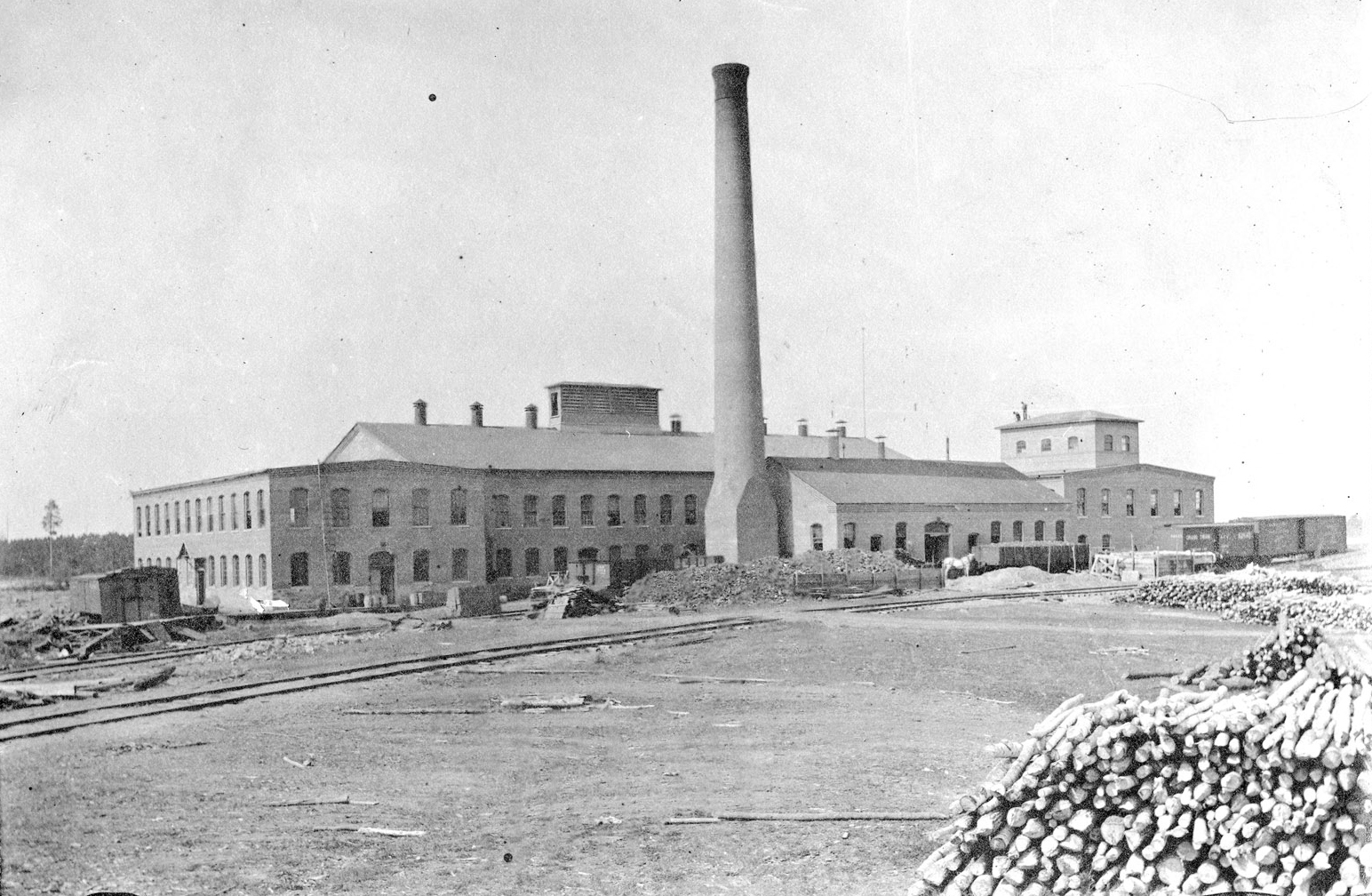
By Kris Leonhardt
Continued from a previous edition.
In 1890, the mill property came under the management of George Severe Biron.
On Dec. 14, 1892 the Grand Rapids Pulp & Paper Company was incorporated by J. D. Witter, Biron, J. W. Cameron, Daly S Sampson, and E. T. Harmon. Formed “for the purpose of manufacturing pulp and improving water power,” the company tore down the old saw mill and erected a brick pulp and paper mill.
Paper machines Nos. 21 and No. 22 were constructed and the mill began producing newsprint and wallpaper.
Severe Biron served the company in the capacity of assistant manager, until his death on Sept. 26. 1899.
Nels Johnson was one of several managers to oversee its operations until the company was absorbed in 1911 by the Consolidated Water Power & Paper Co.
In 1915, a grinder room was built and 14 hydraulic pocket grinders were installed to produce groundwood.
Seven years later, construction began on paper machine No. 23, with J.B. Purvis as mill manager. No. 23 started up in 1923, producing newsprint.
In the 1930s, the company switched focus from newsprint to lightweight coated printing paper. Under the leadership of mill manager, Warren Beadle, in 1937, the mill installed the Consolidated Massey Coater on No. 23, producing its first coated paper. Two years later, more coating equipment was added to No. 23.
In the 1940s, the mill transfigured one of the older paper machines to produce paperboard. This was done to create a product called “aircraft paper” – a laminated paperboard made to government specification for use in gliders flown in World War II. This product became the forerunner of Consoweld DuraBeauty laminate.
In 1945, construction of paper machine No. 24 began. The mill also worked on the addition of a new clock house, locker rooms, a new boiler house, and maintenance shops. The grinder room was also expanded, adding two electric grinders. On Oct. 13, 1947, the mill flipped the switch on No. 24.
As business continued to prosper for the mill, construction began on paper machine No. 25 and the grinder room was expanded with three additional electric grinders.
In 1958, Robert J. Mader succeeded Warren Beadle as mill manager.
One year later, the Research and Development complex was built in the village of Biron, as the company worked to evolve with the changing complexity of the paper industry and stay relevant in the products and services it provided.
Next week: The glorious years

